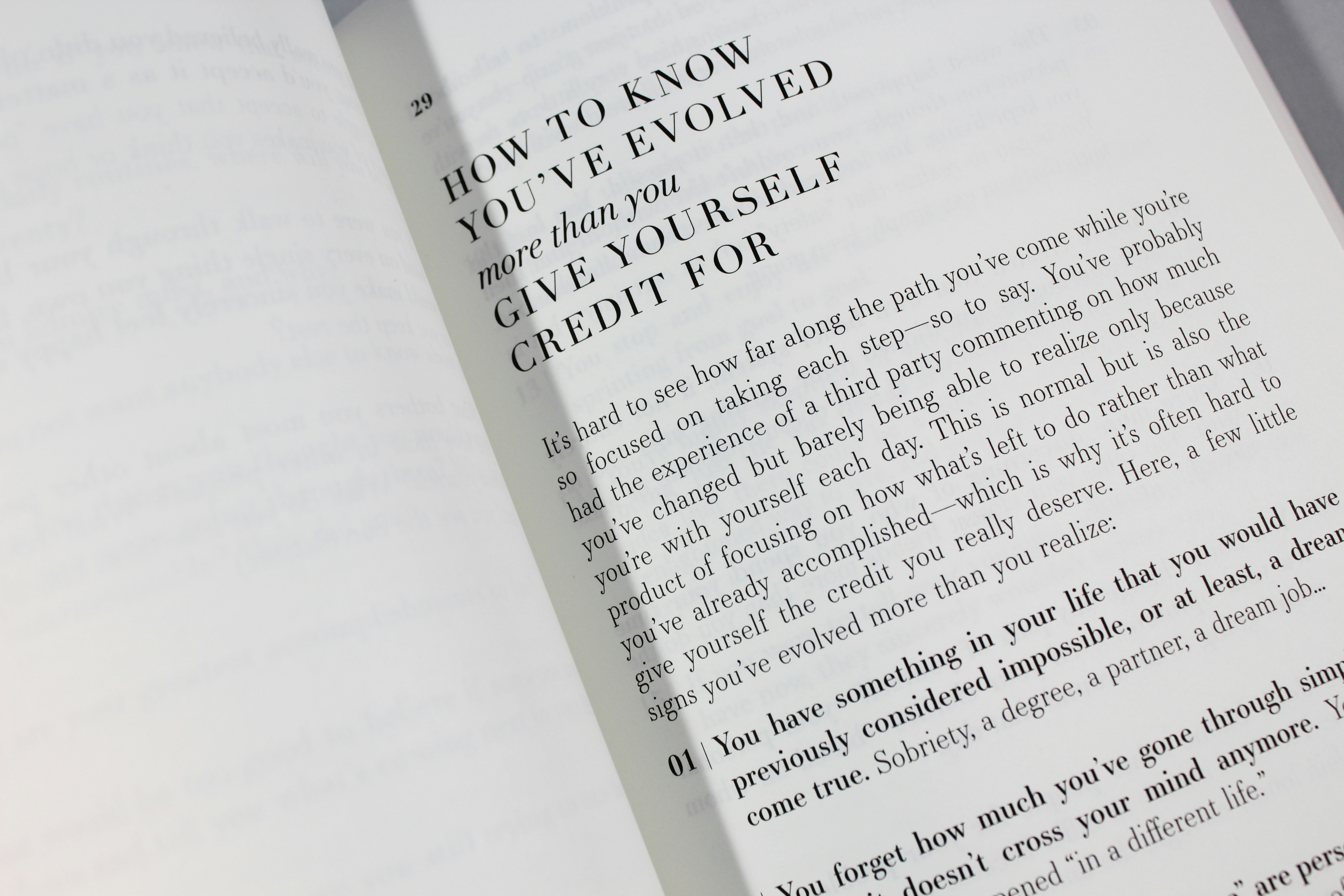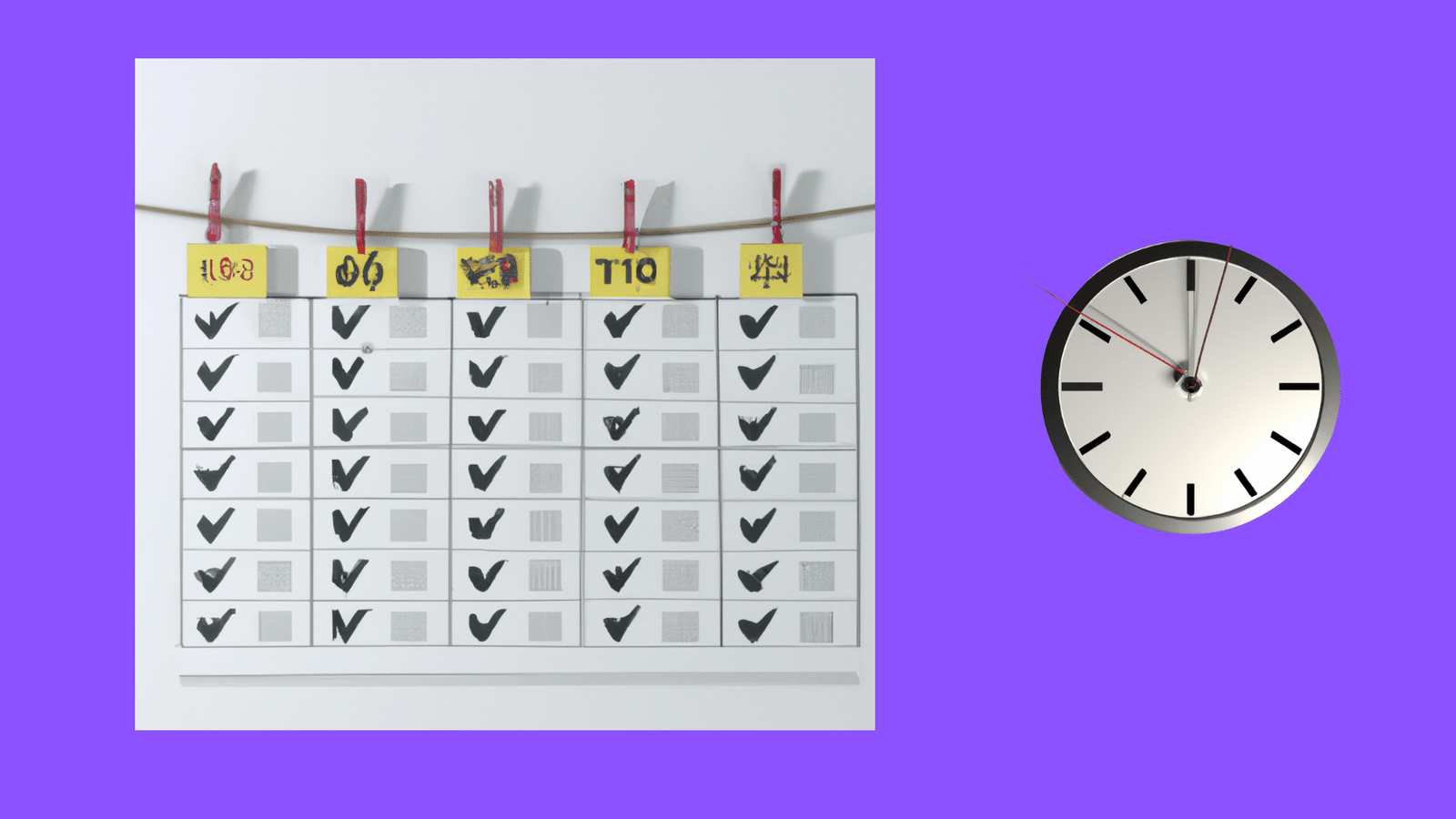Understanding Anxiety
Anxiety is a multifaceted emotional response that encompasses feelings of unease, worry, and apprehension. This common psychological phenomenon serves a variety of functions, often acting as a natural response to stress or challenging situations. When faced with potential threats, anxiety can trigger a series of physiological reactions, preparing the body for a “fight or flight” response. These reactions include increased heart rate, shallow breathing, and heightened sensitivity to environmental stimuli, which, while beneficial in certain contexts, may become debilitating when anxiety persists beyond the immediate threat.
The experience of anxiety can differ significantly among individuals, as it manifests through various symptoms that can disrupt daily life. Common symptoms include restlessness, racing thoughts, irritability, and difficulty concentrating, which can impede an individual’s ability to perform tasks efficiently. Additionally, physical symptoms such as muscle tension, fatigue, and gastrointestinal disturbances may arise. These manifestations not only affect personal well-being but can also hinder motivation and energy levels, making it challenging to pursue goals and engage in activities.
Anxiety can be categorized into several forms, each characterized by its specific triggers and symptoms. Generalized anxiety disorder (GAD) involves excessive worry about a range of issues, impacting daily functioning over an extended period. On the other hand, social anxiety disorder can provoke intense fear in social situations, leading individuals to avoid interactions that could potentially lead to embarrassment. Performance anxiety, often experienced by athletes or performers, involves a significant fear of failure in evaluative situations, restricting appropriate responses and hindering optimal performance.
Understanding the nuances of anxiety is crucial for recognizing its impact on motivation and energy levels. By assessing the psychological and physiological elements of anxiety, individuals can better navigate their feelings and work toward harnessing these energy patterns to their advantage.
The Science of Nervousness
Nervousness is a complex emotional response characterized by physiological reactions that prepare the body for perceived threats or challenges. Central to this process is the fight-or-flight response, an evolutionary adaptation that enables individuals to react swiftly in the face of danger. Upon encountering a stressor, the hypothalamus signals the adrenal glands to release hormones, particularly adrenaline and cortisol, which can result in increased heart rate, heightened blood pressure, and enhanced glucose metabolism. These changes can amplify energy levels and alertness, marking the body’s transition from a state of calm to one of readiness.
This physiological shift can be beneficial when appropriately channeled. Research indicates that moderate levels of anxiety can enhance performance in various tasks, particularly those that require quick thinking and agility. A study published in the “Journal of Experimental Psychology” found that participants who experienced heightened nervousness performed better in competitive scenarios, suggesting that the energy derived from anxiety can be harnessed as motivation. This fine line between anxiety and excitement reveals that the same physiological mechanisms underpin both feelings, allowing individuals to transform nervous energy into focused action.
Reframing Your Mindset
Mindset plays a crucial role in how individuals experience and manage anxiety. Instead of viewing anxiety merely as a detriment, it can be beneficial to reframe it as a potential catalyst for growth and motivation. Cognitive-behavioral techniques (CBT) serve as effective tools in achieving this shift. By challenging negative automatic thoughts and replacing them with positive assertions, individuals can foster a more empowering perspective toward their anxious feelings.
A foundational strategy in CBT is to identify cognitive distortions. These are erroneous thought patterns that often exacerbate feelings of anxiety. Common examples include catastrophizing, all-or-nothing thinking, and overgeneralization. By recognizing these distorted thoughts, individuals can begin to question their validity. For instance, if someone believes, “I always fail,” they can counter this by recalling past successes, thereby creating a more balanced self-assessment.
Once distorted thoughts have been identified, a technique known as cognitive restructuring can be employed. This involves deliberately shifting negative self-talk into motivational dialogues. Instead of thinking “I’m too anxious to perform well,” one could reframe this to, “My energy is a sign that I care, and it can help me excel.” Such positive affirmations can transform the perception of anxiety from a barrier into a resource that fuels performance and motivation.
Another practical strategy involves the use of visualization techniques. Prior to a stressful event, individuals can envision themselves successfully navigating the situation while harnessing the energy that comes with anxiety. This mental rehearsal equips them with the confidence needed to face challenges effectively.
Ultimately, reframing one’s mindset about anxiety can lead to a more constructive approach to personal challenges, allowing individuals to harness their nervousness into positive energy and motivation rather than allowing it to hinder their potential.
Transformative Breathing Techniques
Breathing techniques have long been recognized as effective methods for managing anxiety and transforming nervous energy into a source of motivation. Among the various practices, deep breathing exercises stand out for their simplicity and effectiveness. By focusing on slow, deep breaths, individuals can activate the body’s relaxation response, which counters the symptoms of anxiety. Inhale deeply through the nose, allowing the diaphragm to expand, and exhale slowly through the mouth. This method helps to lower heart rate and reduce muscle tension, creating a more focused and energized state of mind.
Another notable technique is the 4-7-8 breathing method, which is particularly beneficial for those experiencing acute anxiety. This techniques involves inhaling through the nose for a count of four, holding the breath for seven counts, and exhaling through the mouth for a count of eight. This structured approach not only calms the nervous system but also enhances mental clarity and energy levels. Practicing this method for just a few minutes can effectively shift focus away from anxious thoughts, enabling a more productive and motivated mindset.
Box breathing, also known as square breathing, offers an additional strategy for managing anxiety. This technique encourages rhythmic breathing that involves inhaling for four counts, holding for four counts, exhaling for four counts, and then holding again for four counts before repeating the cycle. Each breath acts as a purposeful anchor, guiding individuals away from scattered thoughts and fostering a sense of inner calm. Engaging in box breathing can help channel anxious energy into a more dynamic and focused state, making it a valuable tool for anyone looking to convert their nervousness into motivation.
Physical Movement as an Outlet
Anxiety can create a surge of pent-up energy that often manifests itself in restlessness, tension, and a state of heightened awareness. To manage these feelings, engaging in physical movement can serve as a highly effective outlet. Exercise has been scientifically proven to not only release this built-up energy but also enhance overall mood through the secretion of endorphins—commonly known as the body’s natural feel-good chemicals. This biochemical reaction helps alleviate feelings of anxiety, providing a sense of relief and empowerment.
Various forms of physical activities can be beneficial in channeling anxiety into productivity. For instance, aerobic activities such as running or cycling offer a cardiovascular boost while providing a rhythmic outlet to soothe nerves. Regular participation in these activities can improve both physical health and emotional well-being, turning jittery energy into a motivating force.
In addition, low-intensity workouts like yoga can significantly influence anxiety levels. The practice of yoga combines physical postures, controlled breathing, and mindfulness, creating a profound mental clarity that can help individuals find tranquility amidst anxious thoughts. Yoga promotes relaxation and promotes the release of endorphins, offering practitioners a dual benefit of physical and emotional balance.
Team sports also provide a social dimension to the management of anxiety. Engaging with others in activities like basketball or soccer not only provides the physical exertion needed to expel nervous energy but also fosters a sense of belonging and camaraderie. The shared experience can enhance motivation and create lasting bonds that distract from anxiety.
Ultimately, finding the right physical activity to manage anxiety can be a personal journey. Whether through individual workouts or social engagements, integrating regular exercise into one’s routine is a proven strategy to channel nervous energy into positive motivation.
Goal Setting and Channeling Energy
Channeling anxiety into motivation significantly relies on effective goal setting. Establishing clear and attainable goals provides individuals with a structured framework to redirect their anxious energy into focused action. One effective method to achieve this is through the utilization of SMART goals, which are Specific, Measurable, Achievable, Relevant, and Time-bound. By defining goals within this framework, individuals can create clarity and purpose in their endeavors, which consequently mitigates the overwhelming feeling often associated with anxiety.
Specificity in goal setting is essential; it requires individuals to articulate precisely what they wish to achieve. For instance, rather than stating a desire to “get fit,” a more specific goal would be to “exercise for 30 minutes, three times a week.” This specificity not only clarifies the objective but also allows for easy tracking of progress. Furthermore, measurable goals provide a quantifiable aspect to the achievement process. This can be accomplished by setting criteria, such as tracking the number of workouts completed or the weight lifted, which helps maintain motivation and offers tangible feedback.
Breaking larger tasks into smaller, manageable steps can help individuals feel less overwhelmed and more in control. For example, if preparing for a public speaking engagement induces anxiety, splitting the task into smaller segments—such as researching the topic, drafting notes, and practicing in front of a mirror—can simplify the process. This incremented approach allows for consistent progress while minimizing the opportunity for anxiety to derail efforts.
Additionally, keeping a goal journal can prove invaluable. Regularly documenting achievements and reflecting on the progress made reinforces motivation and reveals patterns that can further guide future goal setting. Tracking goals not only provides a visual representation of progress but also serves as a reminder that anxiety can serve a constructive purpose when directed towards meaningful achievements.
Mindfulness and Meditation
In today’s fast-paced world, anxiety often becomes a common experience, with many individuals feeling overwhelmed by the demands of daily life. However, mindfulness and meditation emerge as powerful techniques to ground oneself amid rising feelings of nervousness. Mindfulness involves being fully present in the moment, cultivating awareness of one’s thoughts, emotions, and bodily sensations without judgment. By acknowledging and accepting anxious feelings, individuals can take the first step in transforming that energy into motivation.
Meditation, on the other hand, serves as a structured approach to mindfulness. Through guided practices, individuals can learn to focus their attention and develop a greater awareness of their mental patterns. Regular meditation can significantly enhance one’s ability to manage anxiety. Simple yet effective exercises can easily be integrated into daily routines. One such exercise is the “body scan,” where individuals progressively focus on different body parts, noting any sensations or tension. This practice can foster a deeper connection to the body, allowing individuals to recognize and release built-up anxiety.
Another effective technique is breath awareness meditation. By concentrating on the inhale and exhale, individuals can anchor themselves in the present moment, creating a sense of calm and clarity. This practice reduces racing thoughts often associated with anxiety, thus allowing that energy to be redirected. Additionally, practicing mindfulness in everyday activities, such as eating or walking, can enhance awareness and foster a sense of appreciation for the present.
Incorporating these mindfulness practices into one’s daily routine not only cultivates a deeper understanding of anxiety but actively transforms it into motivation. By acknowledging anxious feelings rather than resisting them, individuals can tap into the potential energy and use it to drive their goals and aspirations forward.
Community and Support Systems
In the journey of managing anxiety and transforming it into productive motivation, the role of community and support systems cannot be overstated. Establishing a network of supportive individuals, whether through family, friends, or professional settings, plays a vital part in alleviating feelings of isolation often associated with anxiety. These connections provide a platform for sharing experiences, insights, and coping strategies that have proven effective for others.
One of the primary benefits of a support system is the opportunity to connect with others who have faced similar challenges. This shared understanding can foster a sense of belonging, enabling individuals to express their fears and anxieties without fear of judgment. By engaging in open conversations about anxiety, individuals can learn from one another’s experiences, which may equip them with tools for channeling their nervous energy into motivation. Furthermore, the encouragement and guidance from those who have successfully managed their anxiety can be invaluable in navigating one’s own journey.
Building a supportive network can take various forms. Individuals might consider joining local or online support groups dedicated to mental health issues. Many communities, universities, or organizations offer workshops and seminars that facilitate interaction with others facing comparable challenges. Online platforms, such as forums and social media groups, also serve as resources for individuals seeking to connect with peers and share coping mechanisms for anxiety management.
In addition to seeking out peer support, it is beneficial to establish relationships with mental health professionals. Therapists or counselors are equipped to offer personalized guidance and strategies tailored to individual needs. Their expertise can significantly enhance one’s ability to transform anxiety into actionable motivation, creating a ripple effect within community settings.
Your Journey
In the quest to transform anxiety into energy, it is crucial to recognize that this journey is a personal one, filled with unique challenges and triumphs. Acknowledging the presence of anxiety can be the first step towards harnessing its powerful potential. Rather than viewing nervousness as a hindrance, shifting the perspective to see it as a catalyst for motivation can promote significant personal growth.
The strategies discussed throughout this blog post serve as tools for readers to manage their anxiety effectively. Techniques such as mindfulness, positive visualization, and physical activity can help channel excess energy into productive outcomes. By implementing these practices, individuals can cultivate a mindset that not only copes with anxiety but actively uses it to fuel ambition and drive. This proactive approach empowers individuals to take control of their emotions rather than being controlled by them, enabling them to navigate through their challenges with confidence.
Furthermore, it is essential to remember that each person’s experience with anxiety is distinct. What works for one may not work for another; hence, being open to experimenting with different strategies is vital. Embracing this journey means being kind to oneself and understanding that setbacks are part of the process. Recognizing how far you have come, despite obstacles, can serve as a powerful motivator for continued growth.
In conclusion, the potential to transform nervousness into a driving force is within everyone. Embracing your journey with anxiety allows for greater resilience and creates opportunities for self-discovery and personal development. By turning anxiety into energy, you can motivate yourself, achieve your goals, and ultimately enrich your life experiences. The path may be challenging, but with determination and the right mindset, you can find strength in your struggles and emerge victorious.









